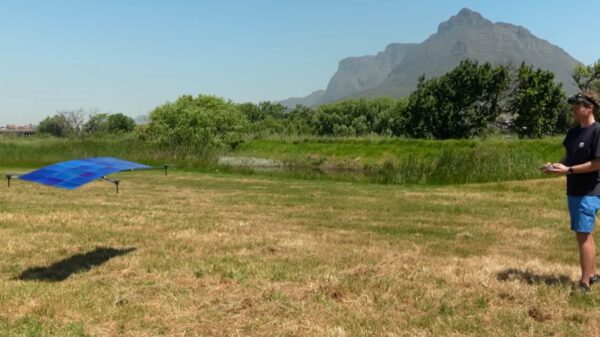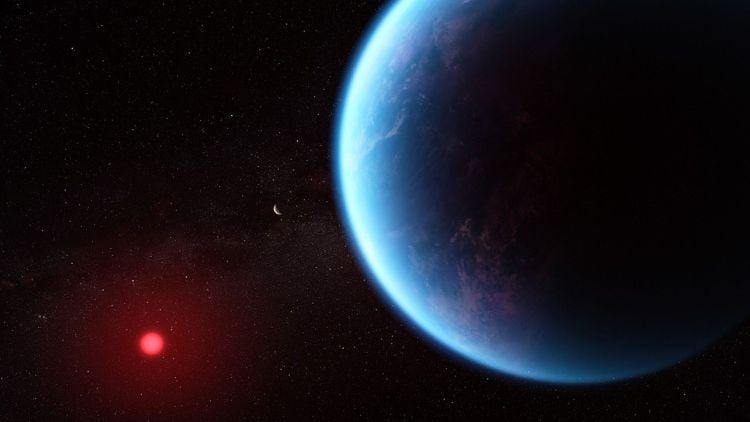A recent study published in Nature has shed light on how liquid water forms on exoplanets, enhancing our understanding of conditions necessary for life beyond Earth. An international team of researchers conducted laboratory experiments to investigate the interactions between hydrogen-rich atmospheres and magma oceans on these distant worlds. Their findings may help identify exoplanets that could be viable targets for astrobiology.
To simulate the extreme conditions on exoplanets, the researchers employed a diamond anvil cell and a laser, subjecting materials to temperatures of approximately 4000 K (about 3,727 degrees Celsius or 6,740 degrees Fahrenheit) and pressures ranging from 16 to 60 gigapascal (GPa). This approach tested established computer models that predict water production from the interaction of atmospheric hydrogen and iron-rich magma.
The results indicated that a magma ocean abundant in hydrogen, coupled with the reduction of iron oxide—an oxygen-removal process leading to solid iron—results in significant water generation. Dr. Anat Shahar, a Staff Scientist and Deputy for Research Advancement at the Carnegie Institution for Science and a co-author of the study, emphasized the significance of this discovery, stating, “The presence of liquid water is considered critical for planetary habitability. This work demonstrates that large quantities of water are created as a natural consequence of planet formation.”
Identifying Potential Habitable Exoplanets
The study focuses on exoplanets known as sub-Neptunes, which possess masses between Earth and Neptune, featuring rocky interiors similar to Earth and hydrogen-heavy atmospheres akin to Neptune. Despite their differences from our solar system, astronomers have identified approximately 1,000 sub-Neptunes among more than 6,000 confirmed exoplanets.
Some sub-Neptunes are categorized as super-Earths if their characteristics lean more towards Earth. Notable examples of these exoplanets include K2-18 b, Kepler-138 d, and TOI-270 d, located approximately 124 light-years, 218 light-years, and 73 light-years from Earth, respectively. All these exoplanets orbit M-dwarf stars, which are smaller and cooler than our Sun, resulting in smaller habitable zones. However, M-dwarf stars have significantly longer lifetimes, estimated to be in the range of trillions of years, compared to our Sun’s lifespan of around 10 billion years.
This research emphasizes that planets differing from Earth may still provide the necessary conditions for life, potentially expanding the scope of habitability beyond Earth-like planets. The findings suggest that water may be more prevalent on exoplanets than previously understood, reinforcing established models of planetary formation and evolution.
As researchers continue to explore the complexities of exoplanetary systems, the implications for the search for extraterrestrial life remain significant. This study opens new avenues for understanding how water forms on distant worlds and highlights the importance of diverse planetary profiles in the quest for life beyond our solar system.
Future studies may further refine our understanding of these processes, providing deeper insights into the potential for life in the universe. As scientists pursue these questions, the exploration of exoplanets continues to be a promising frontier in astrobiology.






































































